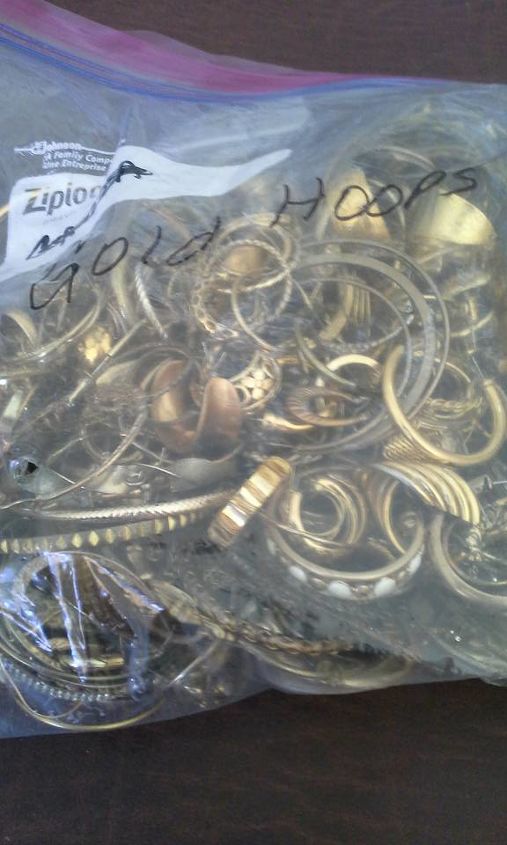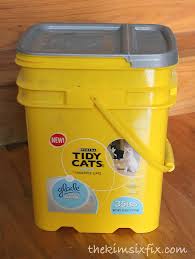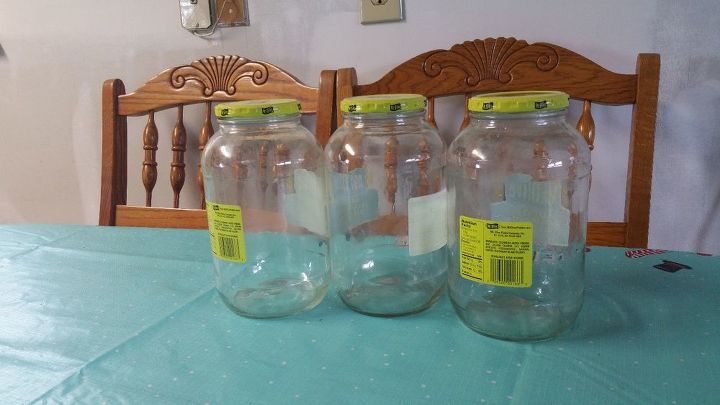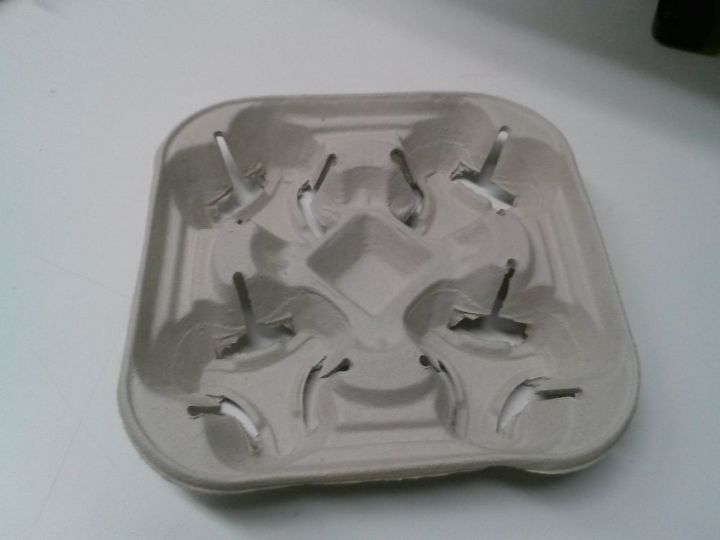How to save a treasure?
I have boxes (and boxes and boxes) of old linens from both my side of the family and my husband's, as well. My beloved mom-in-law gave me items from her wedding bed linen trousseau, beautifully embroidered. I have tiny doilies that look as though they had been crocheted from spider's silk. Heavy linen tablecloths with dozens of matching napkins; beautifully embroidered hand towels and dish towels and cocktail napkins and sheets with tatting on the borders and single-bed duvet cover sets (about six, I think) with European pillow covers. None of the newlyweds in the family want any of these things because they have to be cleaned and ironed differently--people used to send linens such as these to the local laundry, but that custom has gone--now it can cost a fortune to have them cleaned and it literally takes HOURS of loving, dedicated ironing if you do it yourself (which I have). These beautiful artifacts from 125+ years ago deserve a future--any ideas? I have dogs with muddy feet and king-sized beds; also, I would not want to cut them up.
Related Discussions
Any ideas on how to repurpose single earrings?
I do volunteer work for the Salvation Army and we get tons of earrings and so many do not have matches. Does anyone have any ideas on crafts that we could do to repur... See more
Upcycle ideas for 40 lb cat litter buckets
I have several that we use for pop cans to be crushed and tools I have hidden in a closet. What other uses can people come up with? I'm winding up with lots of these ... See more
How can I repurpose pickle jars?
I've been hanging on to these huge 2 quart pickle jars FOREVER. They're taking up ALOT of real estate in my kitchen cabinet. Since my creativity has gone kapoot I nee... See more
What can I do with an old wedding gown?
I have my mothers old wedding gown. I can't bring myself to get rid of it because it meant a lot to her. What can I do with it? Is there someone I could take it to... See more
Repurpose/recycle challenge!
A customer where I worked refused the offer of a coffee cup carrier because she had enough in her car and she hadn't seen anything on Pinterest to craft them into som... See more
What to do with empty powder drink containers?
I have about 200 empty powder drink containers with lids. there are 4 different shapes from different brands. Looking for ideas to repurpose.
What to do with old/vintage buttons ?
my mom gave me some old buttons. I think they are very nice and wanted to use them for cool crafts but I just went blank. I need an advice on an interesting crafty pr... See more








If some are that old you could contact a local museum. They might be delighted to add such beautiful finds to their collection. And if they do you can be assured that they will take the best of care and many people will have the opportunity to enjoy them.
Doll makers could be interested them in trim and fabric in doll clothing.
A college could be interested in them for various classes in history and perservation and display.
Contact collectors and clubs many people collect these treasures.
One of the first things that come to mind when I think of other uses for antique and vintage textiles is to use them as window treatments and pillows.
Antique sheets can be used as curtains, bed covers, throws, hanging displays, screen covers, room dividers, shower curtains or used as upholstery fabric for chairs or headboards.
Tablecloths can be used as bed covers or draperies, shower curtains or as fabric, too. Anything that requires a nice big expanse of fabric. Damaged lace tablecloths are particularly good as sheer curtains; not only do they look lacy and pretty, but the flaws can be hidden in the folds.
Items that are worn or stained can be cut apart to be made into smaller items: pillows, sachets, lampshades, chair back covers, runners and even clothing!
A particularly inventive use is to use a gorgeous antique tablecloth to cover the "Chuppa", a wedding canopy used during a Jewish wedding ceremony. After the wedding, the tablecloth becomes a memorable keepsake.
An item that used to be common but is not not very popular, is a "layover" style pillow sham. These single layer pieces of fabric were simply placed over the pillows to conceal them.
Runners also transform easily into shades, cafe curtains, valances and smaller items. Antimacassars, alone or in sets, single or layered, make remarkable valance displays, too.
Some people sew antique handkerchiefs into Christening caps; others have turned a single pillowcase into an interesting embroidered Christening gown.
People like to see their collections on display: hankies under glass-topped tables or in sets of shallow drawers; runners draped over doors or tossed over chair backs.
Many dry cleaners offer a service to clean and store wedding dresses in 'treasure boxes'. How they wrapped in acid-free tissue paper is supposed to help reduce yellowing with age, and insects attracted to the natural fibers.
I would suggest that you contact a reputable Dry cleaning company and enquire what the cost would be to have selection from your collection packaged this way. I believe that the cost of cleaning is usually part of the 'package', but services may vary of course.
If you are hoping to preserve your heirlooms, which will require that they be kept away from moisture and light, then I would also suggest that you begin making a visual record of the collection. Get a quality camera that takes close-up photos that are clear and in-focus and number each photo. Keep a written tally record to accompany the numbered photos. You can store these in a document on your computer of course.
Part of the future value of the preservation of the past is the degree to which it can be identified and retrieved.
Here is some nutshell advice from the Metropolitan Museum of Modern Art, in New York City:
https://www.marthastewart.com/270455/storing-linens
And, advice in more depth, from the University of Kentucky, Clothing and Textiles:
https://fleming.ca.uky.edu/files/caring_for_your_textile_heirlooms.pdf
You are most welcome. I wish you luck in your endeavour.
Either give to a museum or use them. I have no heirs and loads of stuff after my parents passed. I use it all . . . I drink juice out of crystal glasses and use all the linens as after I am gone, who is going to go though my stuff? Most people will either toss as as they are clueless as to value and craftsmanship of days gone by. Very few people want to deal with fussy linens. Many pets in my home, if I don't use and enjoy now . . . ?